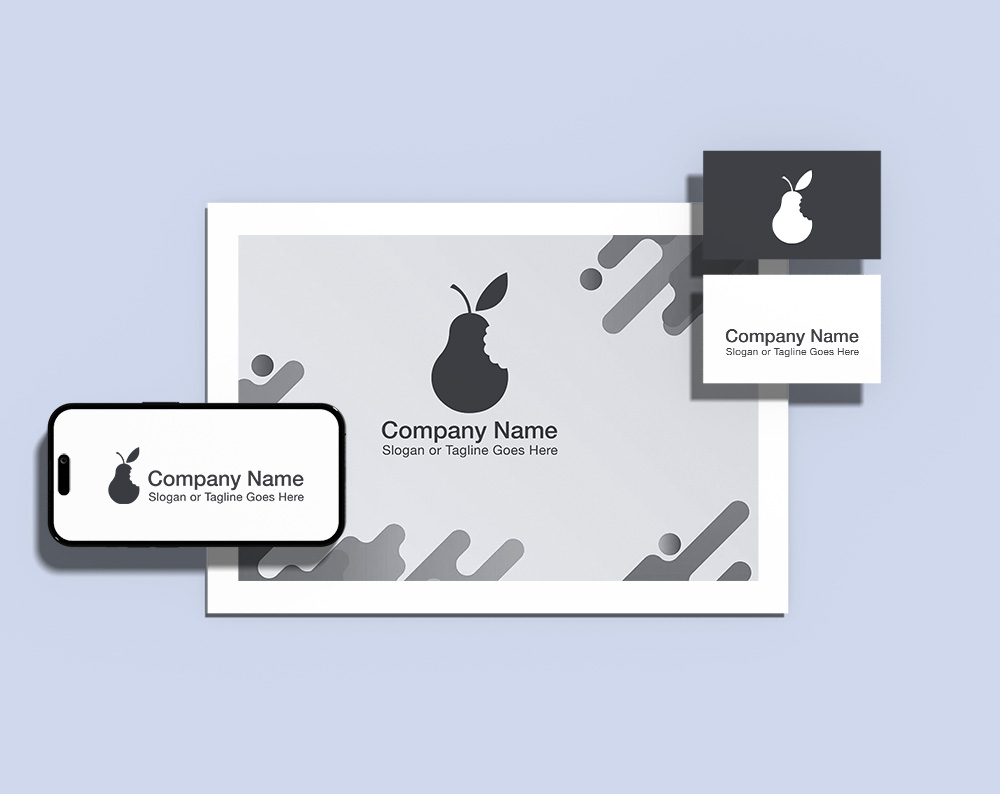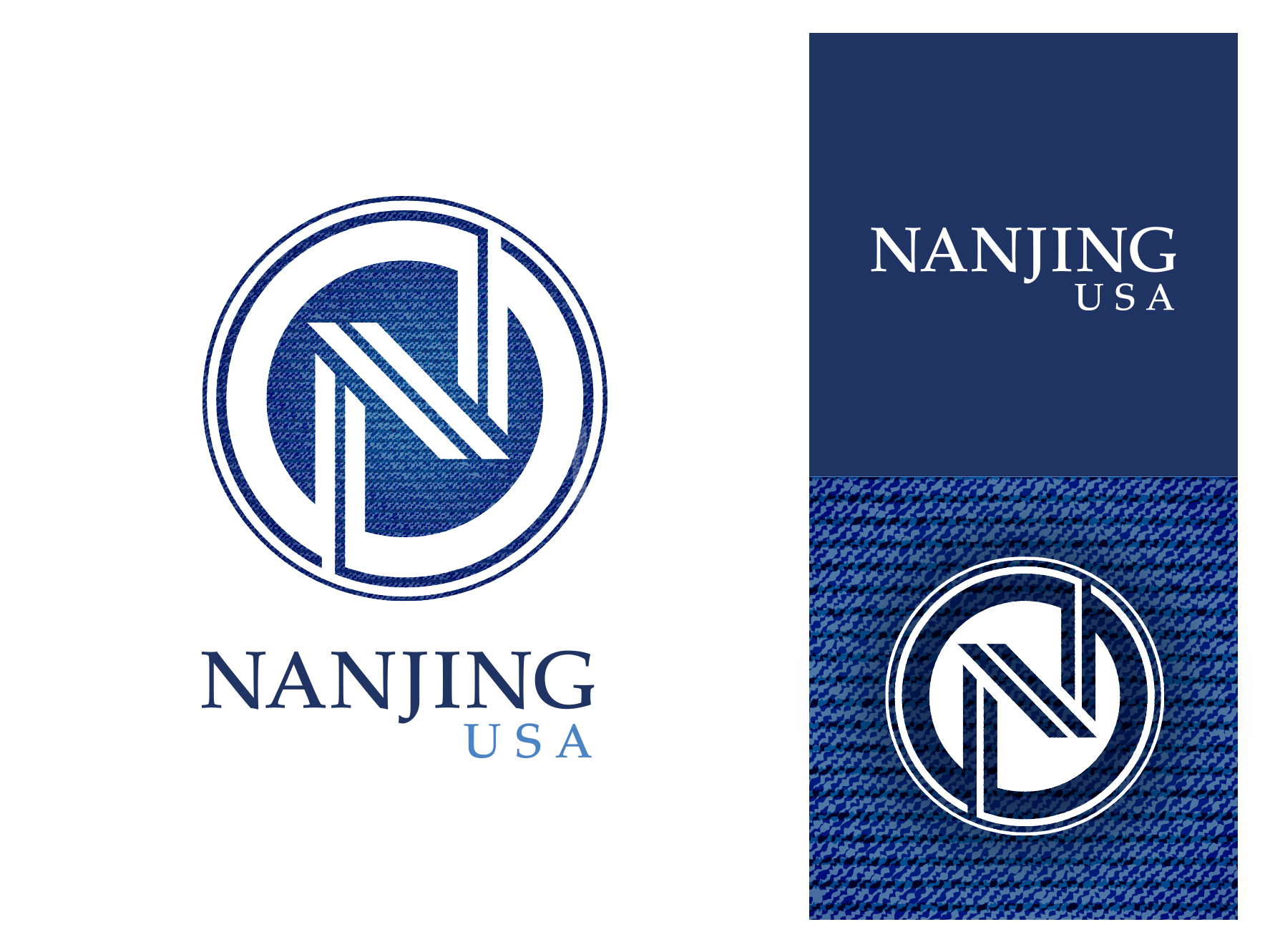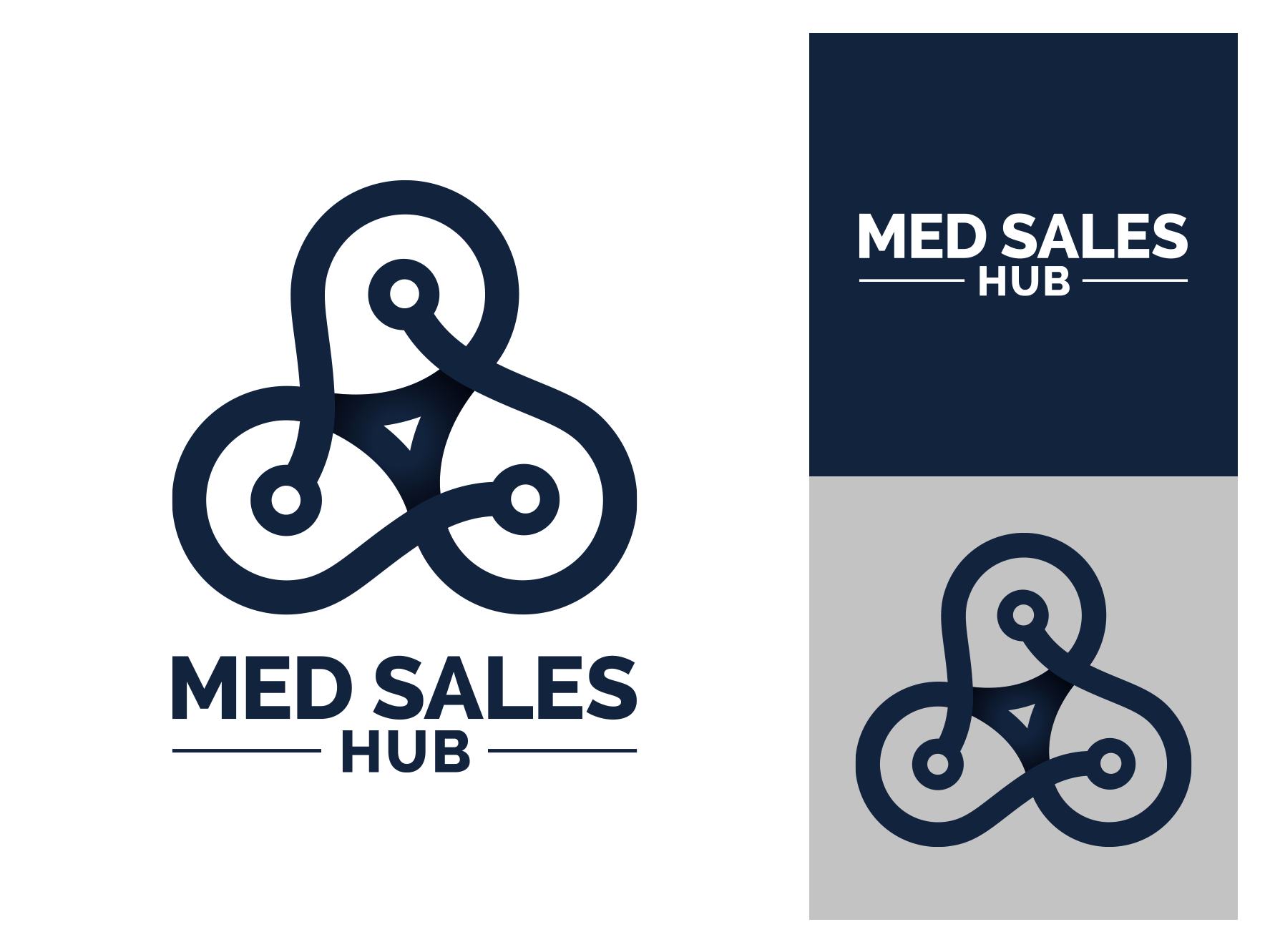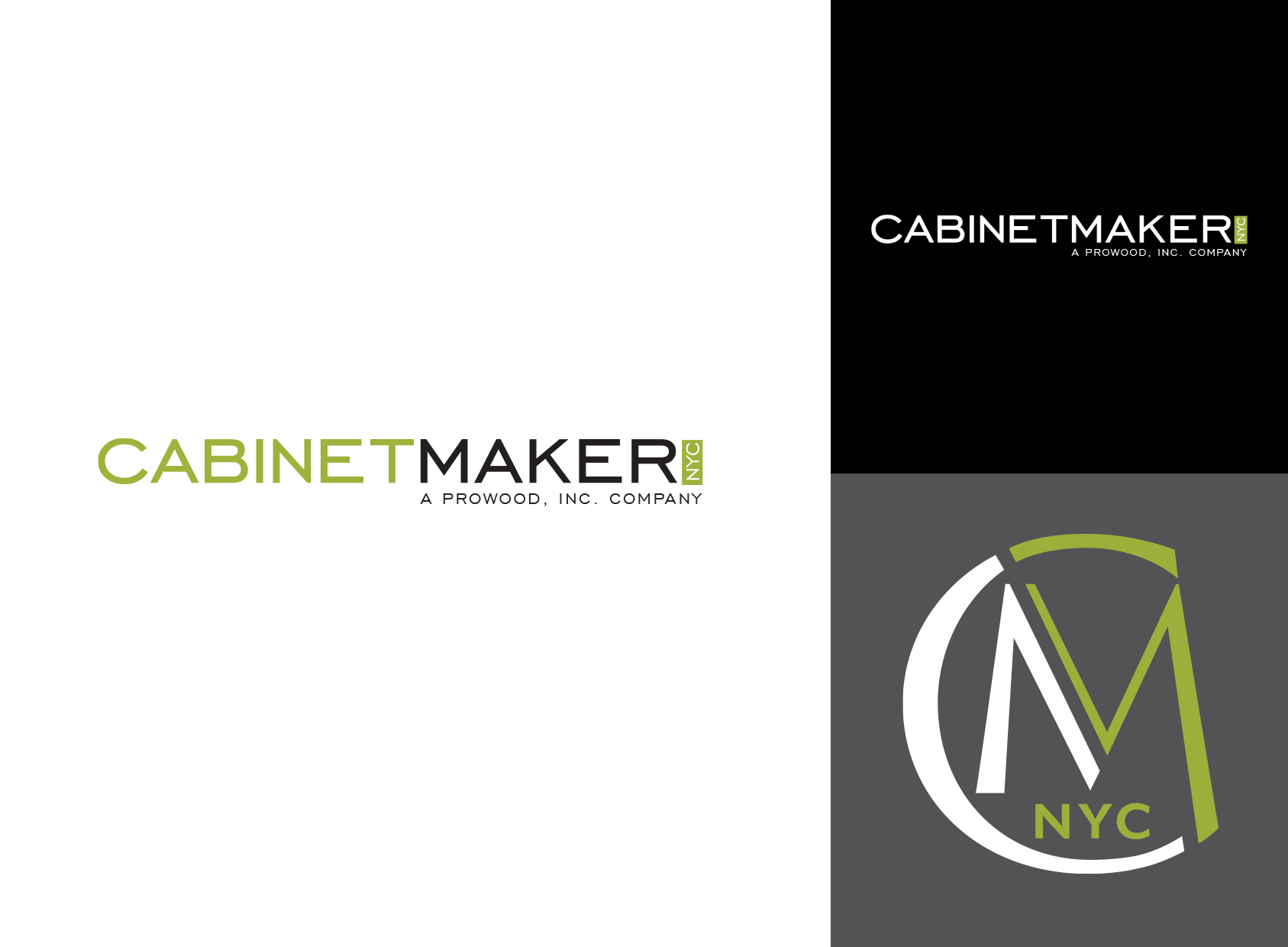Understanding Logo Systems: A Strategic Approach to Brand Identity
In the evolving landscape of brand design, logo systems replace the old-school, one-size-fits-all strategy. Traditionally designed for static, tangible applications like billboards, business cards, and other print mediums, logos are now engaging audiences across the dynamic digital realm—think email signatures, apps, websites, avatars and the ever-expanding universe of social media. This digital era demands versatility in size, shape, and form, giving birth to the concept of the logo system—a design approach that supports adaptability without sacrificing brand integrity.
What is a Logo System?
At its heart, a logo system—sometimes known as a dynamic logo or brand identity system—is an ensemble of interconnected logo variations, giving options of how to use your logo design. These variations are meticulously designed to ensure brand consistency across diverse applications, allowing for a fluid yet unified brand presentation. Moving beyond the rigidity of a static logo, a logo system includes a primary logo as well as secondary logos, icons, and other brand elements that can be mixed and matched depending on the use case. This collection is typically showcased within a comprehensive brand guideline, serving as a roadmap for brand identity.
anatomy of a Logo System
- Primary Logo: Your core visual identity, used in the majority of brand applications; combing word mark & brand mark.
- Secondary Logos: Alternate versions of the primary logo, which may include variations in layout, color, or composition.
- Brand Mark or Letter Mark: Unique elements or motifs that complement your logo and enhance brand recognition.
- Word Mark: Typographic representation of brand name as visually unique and distinct logo.
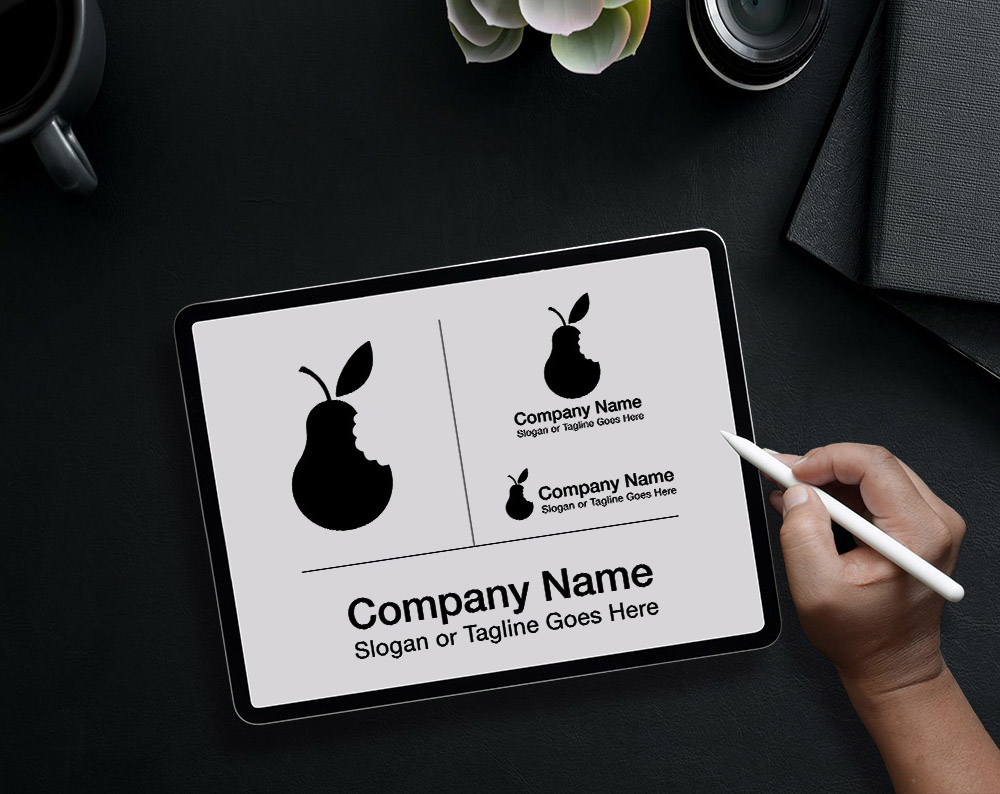
Why Your brand Needs a Logo System
- Versatility: In today’s omnichannel brand environment, a logo system ensures your brand remains nimble and adaptable, from the digital sphere to physical print and packaging.
- Cohesion: A logo system maintains visual harmony across its components, fortifying your brand identity and fostering trust with your audience, regardless of where they encounter your brand.
- Engagement: Tailoring your brand’s visual identity for specific contexts enhances engagement, allowing you to spotlight different aspects of your brand without diluting its essence.
- Future-Proofing: As your brand narrative unfolds, a logo system offers the flexibility to seamlessly introduce new elements or phase out older ones, keeping your brand identity fresh and aligned with your evolving strategy.
Implementing a Logo System
Each element of the logo system — whether it be the primary logo, secondary logos, icons, or brand marks — needs to be designed with precision and creativity. This ensures that while each component can stand on its own, it also fits seamlessly within the larger visual system, maintaining brand consistency. Anticipating future brand evolutions and how the logo might need to adapt is an essential part of the design process. A well-designed logo system allows for this kind of scalability, ensuring that your brand remains relevant and can grow without losing its core visual identity.
Crafting an effective logo system is about finding the perfect balance between distinctiveness, cohesion, and adaptability. It’s a careful orchestration of various design elements that, when executed well, provides a comprehensive visual language for your brand that can evolve with it over time.
- Logo System for Jean Brand
- Logo System for SaaS
- Logo System for Real Estate Management
- Logo System for a Carpenter
When designing a logo system, consider the following:
- Consistency: Ensure all elements share common design features, such as color palette, typography, and visual style.
- Scalability: Design each component to work well at any size, from a billboard to a social media icon.
- Simplicity: Keep designs clear and uncomplicated to maintain recognizability across different formats.
Invest in a Logo System for your Brand
A logo system is more than just a set of interchangeable brand marks; it’s a strategic approach to building a resilient and adaptable brand identity. In an era where brands must navigate an ever-changing landscape of communication channels and audience expectations, investing in a logo system is not just beneficial—it’s essential. By embracing the flexibility and coherence that a logo system offers, brands can ensure they not only stand out but also stand the test of time.
To sum up, we take pride in offering logo systems across all our packages, from Standard to Enterprise. When you receive your project files, they typically feature a collection of logo variations: a primary horizontal logo, a secondary stacked logo, an iconic mark, and a text-based wordmark, each available in full color and a single solid color. Reach out to our expert team to embark on your branding journey today.

